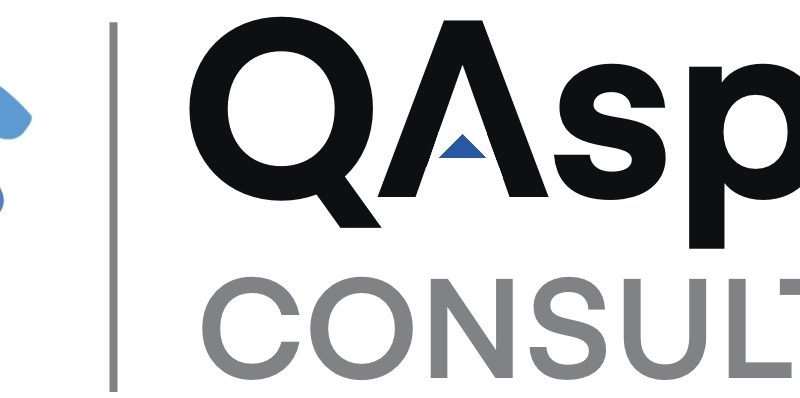Measuring Right: Understanding Goodhart’s Law
If you don’t frame your metrics right, they can distort behaviors.
A bank executive once insisted that I do him a favor by getting a free credit card (even when I did not require it). He was one customer short of being eligible for a quarterly bonus. He suggested that get the card now, and as soon as I get it, I can block or cancel it. He was clearly focused on meeting his numbers at the cost of a customer.
Goodhart’s Law tells us that ‘when a measure becomes a target, it ceases to be a good measure.’
We can see variations of this in all contexts – from people losing weight through crash diets only to become nutritionally deficient to politicians undertaking popular measures to win votes rather than solving real problems.
Narrowly defined targets can become proxy of the goal while ignoring several other factors that contribute to accomplishing the real and meaningful outcome.
In an organizational context, how do we manage this? A few things come to mind:
✔︎ Use holistic/systematic measures: Find and link measures that capture various interconnected aspects of the desired outcome.
✔︎ Use a combination of qualitative and quantitative measures to gain more comprehensive understanding.
✔︎ Reframe metrics as a tool to learn and adapt: Build team rituals to have a dialogue on leading indicators to learn, adapt and course correct.
✔︎ Assess impact of narrow measure on qualitative aspects – unintended consequences in things like delivering value, cross-functional collaboration, cultural precedence etc.
▶ Over to you: How would you manage metrics so that they enable right behaviors?
Here’s a sketchnote summary on Goodhart’s Law.
Updated: Visual Leadership Pack HD Sketchnotes
If you liked the sketchnote summary above, check out the Visual Leadership Pack of HD Sketchnotes – a compilation of high-resolution sketchnotes with 68+ powerful (and timeless) ideas to elevate your leadership and learning game.

